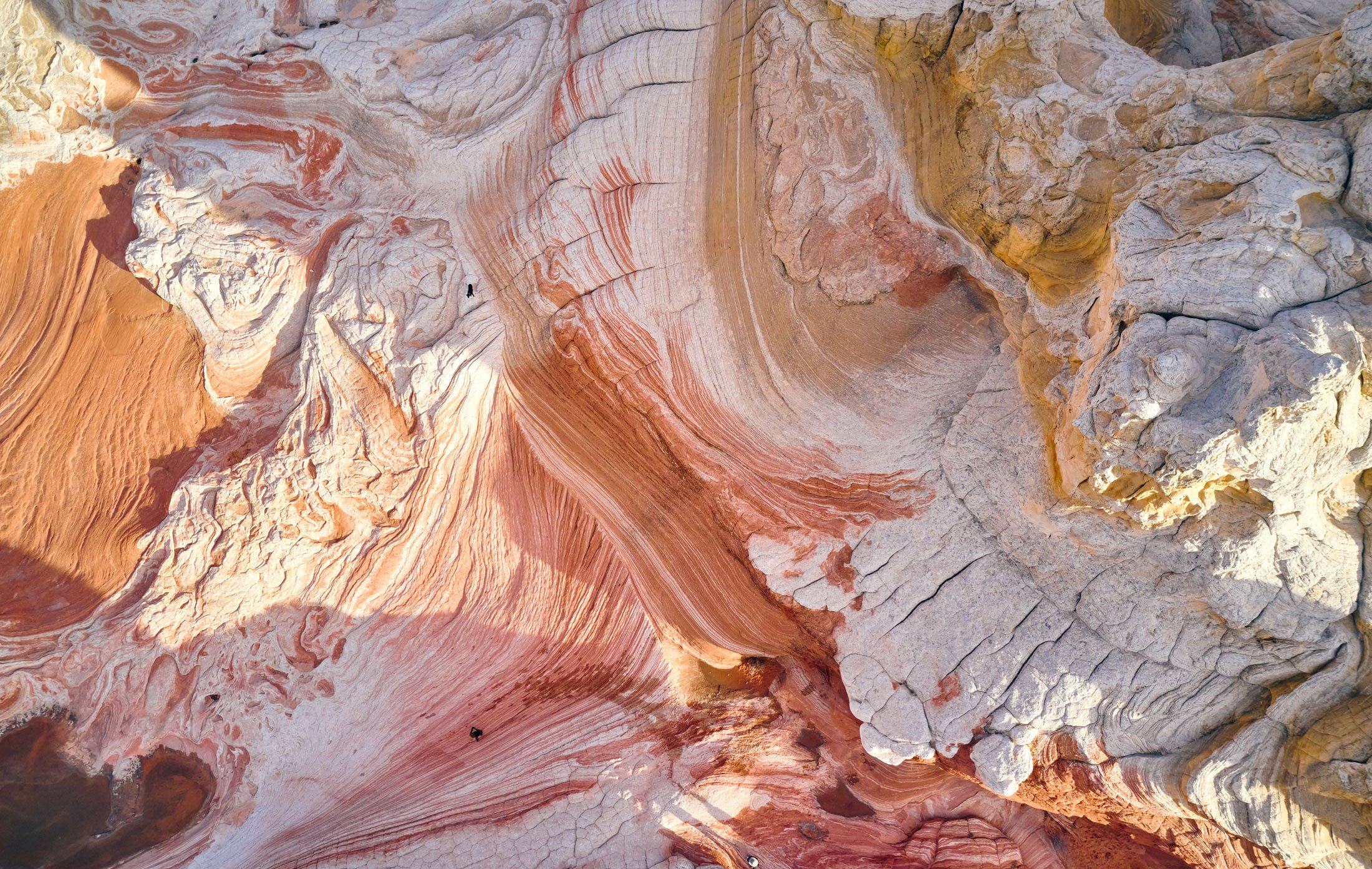History Echoes-Science Tells

Scientific analysis of historic relics can provide many insights such as when, where, and how the relics were made. Modern technologies including FTIR, XRD, SEM-EDS, HPLC, GC, and Raman can be used to identify pigments and dyes, to study the compositions of alloys, to exam the aging of lacquers, and to learn the components of ceramics.
History Echoes provides scientific analytical services to the archeology, museum, conservation and art communities. Together, we use modern technologies to study historical objects to learn more about the history of humanity.
About us
With over 20 years of experience in analysis of natural colorants, most from textiles, paintings and objects, we would like to provide fee for service support to researchers who would like to learn more about the material facts of their subjects. We wrote dyes analysis section for the Museum of fine Arts, Boston:
Our Clients: Museum of Fine Arts, Boston. Peabody Essex Musuem. Isabella Stewart Gardner Musuem
HPLC, LC-DAD-MS, MALDI, LC-MS/MS GC-MS, FTIR, Raman, SEM-EDS, and more.
Frequently asked questions
-
Services cost range from $100-$120/sample.
-
For pigment identification, a sample about 0.5-1 mm will be a good size.
For textile samples (for dyes analysis), a thread of 0.5-1 cm is usually used for one test. A bigger side sample is welcome in case a re-sun is needed.
Textile samples for dyes analysis.
A 0.5-1 cm thread (about 1/4-1/2 of a US quarter coin length) is sufficient for dyes analysis using HPLC-MS. A longer thread or bigger sample is welcome in case a re-run is needed.
A small transparent plastic bag, a glass vial with a cap or a 2mL safelock microcentrifuge tube are all good to send your fiber samples for analysis. You can label the bag/vial/tube and visually check your samples. They are also light and easy to ship.


